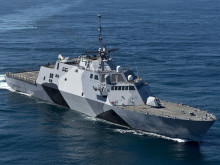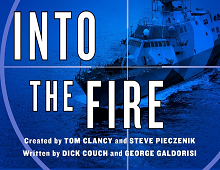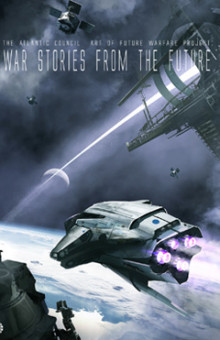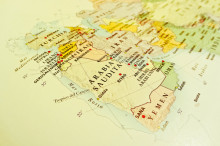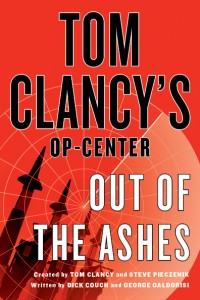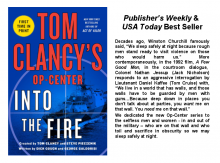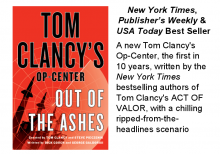Flying Adventure
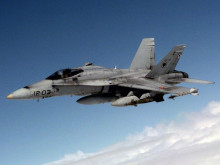
The mantra of the military services is: “One team, one fight.” And for the most part, that is 100% true. That said, there are pockets where the rivalry is intense, and where pride in performance takes on important – but often humorous – connotations.
A naval aviator friend of mine penned this response to a letter from an aspiring fighter pilot asking him which military academy to attend:
Young Man
Congratulations on your selection to both the Naval and Air Force Academies. Your goal of becoming a fighter pilot is impressive and a fine way to serve your country. As you requested, I’d be happy to share some insight into which service would be the best choice. Each service has a distinctly different culture. You need to ask yourself “Which one am I more likely to thrive in?”
USAF Snapshot: The USAF is exceptionally well organized and well run. Their training programs are terrific. All pilots are groomed to meet high standards for knowledge and professionalism. Their aircraft are top-notch and extremely well maintained. Their facilities are excellent. Their enlisted personnel are the brightest and the best trained. The USAF is homogenous and macro. No matter where you go, you’ll know what to expect, what is expected of you, and you’ll be given the training & tools you need to meet those expectations. You will never be put in a situation over your head. Over a 20-year career, you will be home for most important family events. Your Mom would want you to be an Air Force pilot…so would your wife. Your Dad would want your sister to marry one.
Navy Snapshot: Aviators are part of the Navy, but so are Black Shoes (surface warfare) and Bubble Heads (submariners). Furthermore, the Navy is split into two distinctly different Fleets (West and East Coast). The Navy is heterogeneous and micro. Your squadron is your home; it may be great, average, or awful. A squadron can go from one extreme to the other before you know it. You will spend months preparing for cruise and months on cruise. The quality of the aircraft varies directly with the availability of parts. Senior Navy enlisted are salt of the earth; you’ll be proud if you earn their respect. Junior enlisted vary from terrific to the troubled kid the judge made join the service. You will be given the opportunity to lead these people during your career; you will be humbled and get your hands dirty. The quality of your training will vary and sometimes you will be over your head. You will miss many important family events. There will be long stretches of tedious duty aboard ship. You will fly in very bad weather and/or at night and you will be scared many times. You will fly with legends in the Navy and they will kick your ass until you become a lethal force. And some days – when the scheduling Gods have smiled upon you – your jet will catapult into a glorious morning over a far-away sea and you will be drop-jawed that someone would pay you to do it. The hottest girl in the bar wants to meet the Naval Aviator. That bar is in Singapore.
Bottom line, son, if you gotta ask…pack warm & good luck in Colorado.
P.S. Air Force pilots wear scarves and iron their flight suits.

